

 dr Igor Kalčič
dr Igor Kalčič
1 INTRODUCTION
Dwelling culture as a part of common culture is only a framework for scientific research, a method to analyze the elements that compile it, a useful and successful method to study identity of housing architecture.
1.2 Globalization and internationalization
Time we live in is not so simple as it was in the past. The World shows strong interest in approach to the process of globalization and internationalization. Cybernetic society, as a result of world¢ s trends and efforts, is going to wipe out the borders between countries, nationalities, cultures and identities. The pessimistic scenario offers that there will not be any nationality, national architecture, national culture and national identity. The optimistic solution is that it is not reasonable and popular to believe that it is going to happen very soon. Are we prepared to become member of international society? The answer is much more complicated as we are prepared to admit.
In order to define different identities we have to find first the definition of “identity”, which has at least two completely different meanings. They are:
Absolute identity, which means the narrow, individual, distinguishing character, that every observed object is the same, equal only to himself (individuality, uniqueness and always different from the others). Absolute identity is therefore a method to point out exactly determined, unique environmental structure like: Big Ben in London, Eiffel Tower in Paris, Pizza San Marco in Venice, Empire State Building in New York …
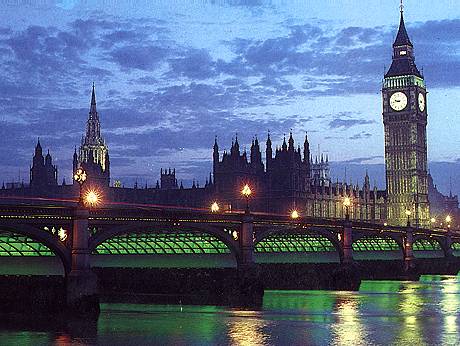

Fig. 1: Big Ben in London Fig. 2: Eiffel Tower in Paris

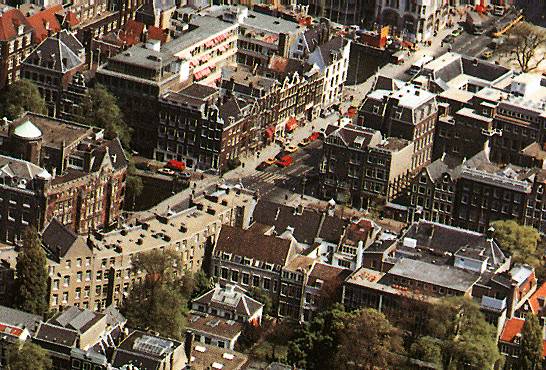
Fig. 3: The house Fig. 4: The city
Absolute identity and relative identity are the only way to look for and define the characteristics of national identity in architecture in methodological and system approach. Both identities are indispensable in housing research when regional, urbanistic and architectural view in connection with typology of housing architecture is under inspection. National identity in architecture is therefore sameness, universality, generality on one side and individuality, uniqueness and always different from all the others on the other side, belonging to certain nation or nationality. National identity is above all these meanings very important and indispensable for small nations, without long national history, nations that fought for freedom, national rights, mother language, national culture and other national attributes.
The question of dwelling culture is the question of way of life, consumerism and fashion, status symbols, the question of individuality and community, common and individual values, the question of needs and wishes, art and kitsch, the question of intensity of outside influences …
Analyses of these elements with the method of comparison can find and define some special features, which constitute dwelling culture in Slovenia (at the beginning of new century and millennium), which can define, at last stage, national identity of housing architecture in Slovenia.

Fig. 5: Relative identity in Slovenia: The city
Fig. 6: Absolute identity: City of Ljubljana with the Castle

2.1 Individuality and community, individual and common values
Observation of representative samples of dwellers on mentioned 4 elements of behavior and way of life began long time ago with several researches on different themes of housing science from early 80th. Summary of these researches show that majority of participants place individuality and individual values far ahead of the other two more social categories. There are many reasons for these facts but the most important is that individuality is the nature of most people in Slovenia. One should not take care of things that are in common ownership with an explanation: “It¢ s not mine, you know”. The result is lack of maintenance, improper use of public spaces and surfaces, cars parked on green surfaces etc. And another feature, which confirms previous statement, is that most people are happy when their neighbors, acquaintances or even friends have misfortune. This individuality has some other visible manifestations in so called self – built mass housing and country¢ s built environment and landscape in connection with mentioned housing. This visible manifestations of individuality can be traced and found out at many scopes of interest and activity about “building new home”. Some of them like: the choice of building type, the choice of layout, the choice of architectural elements, are already determined by standard preprepared layouts made by architects. What is left to the self-built house owner is choice of materials and colors as supplement to the original design, the choice and use of all kinds of decoration and garden arrangement with the use of all kinds of cheap substitutes … everything in the sense and purpose to be different from the others (individuality by all means).
There is another aspect about self-built mass housing. It was planned and designed in architectural studios, with no ambition for good architecture but designed professionally and without knowing future dwellers, designed for stereotype people, which do not exist. The designs were changed drastically at the execution on above-mentioned reasons.
Today¢ s situation is more optimistic. After some twenty, thirty years (span of one generation), the living standards increased to much higher level, the trees around the houses grow up, the sense for common interest is appearing, unmaintenanced space is disappearing, quality of open space between buildings is raising, green scene becomes organic tissue of built environment. It is the question of roots and other reasons that people identify themselves with their homes and afterwards change their relation to their dwelling and living environment.
The individuality has another feature, which has nothing to do with mass housing. Some very few future house owners hire architects to design for them, author¢ s house, with professional, artistic individuality and unique appearance. This practice is increasing these last ten years and we can already show some interesting examples of such unique architecture also in the field of housing. Author¢ s architecture in its high artistic and aesthetic issue represents very small part of national architecture but not unimportant as it is an example, a model for generations of new house builders (in another self-built variation of course). Good models for future mass housing are welcomed up to the point where pure imitation is forbidden, mimesis as creative way of imitation allowed and advisable.
2.2 Examples of self-built and author¢ s housing architecture
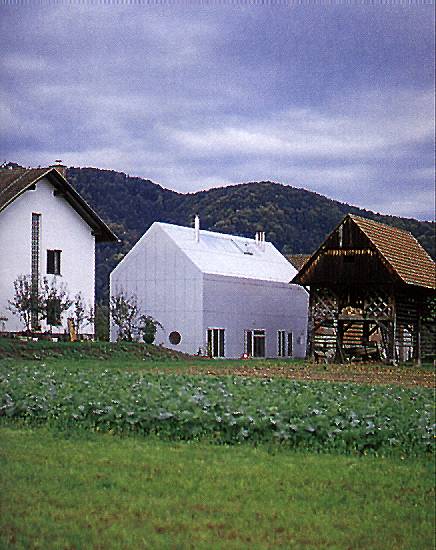
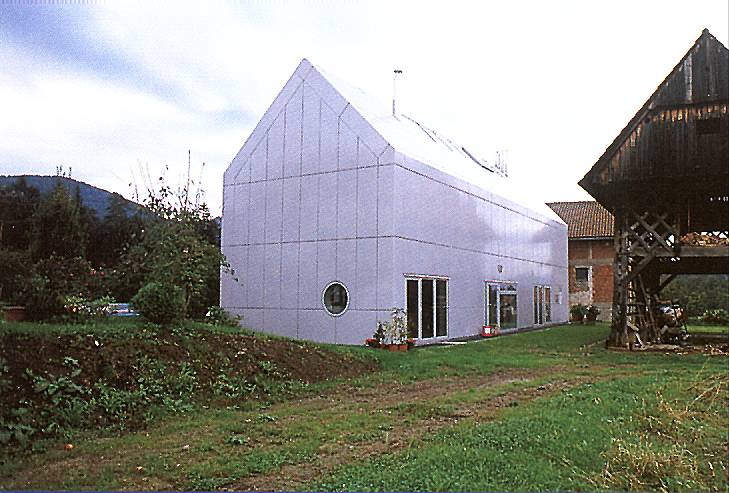
Fig. 7: House Acman Fig. 8: House Acman, arch. Nande Korpnik

Fig. 9: Self-built house, based on standard preprepared layouts, which was changed and extended drastically
Author¢ s architecture (Fig. 7 and 8), house Acman in Grize (Slovenia), architect Nande Korpnik, is significant example of high artistic and aesthetic design with strong charge of individuality and absolute identity. Design of the house is based dimensionally and proportionally on double hayrack besides, where the language of traditional architecture has been transformed and interpreted in new, modern, high-tech language.
Self-built house practice (Fig. 9), based on standard preprepared layouts, is a typical example of so-called changes, not only at choice of supplements and decoration, but also at choice of building type, choice of dimensions of layout, extensions and changes in overall appearance of “new” house. Dwelling unit is above the earth level so there is no direct contact with garden area. Bad substitution for this connection is large terrace. Volume of the unit is inconsistent and out of scale for family house.
Typical example of self-built mass housing unit based on standard preprepared layout

Fig. 10. Implementation of standard preprepared layout


Fig. 11. Ground floor plan Fig. 12. Section and elevation
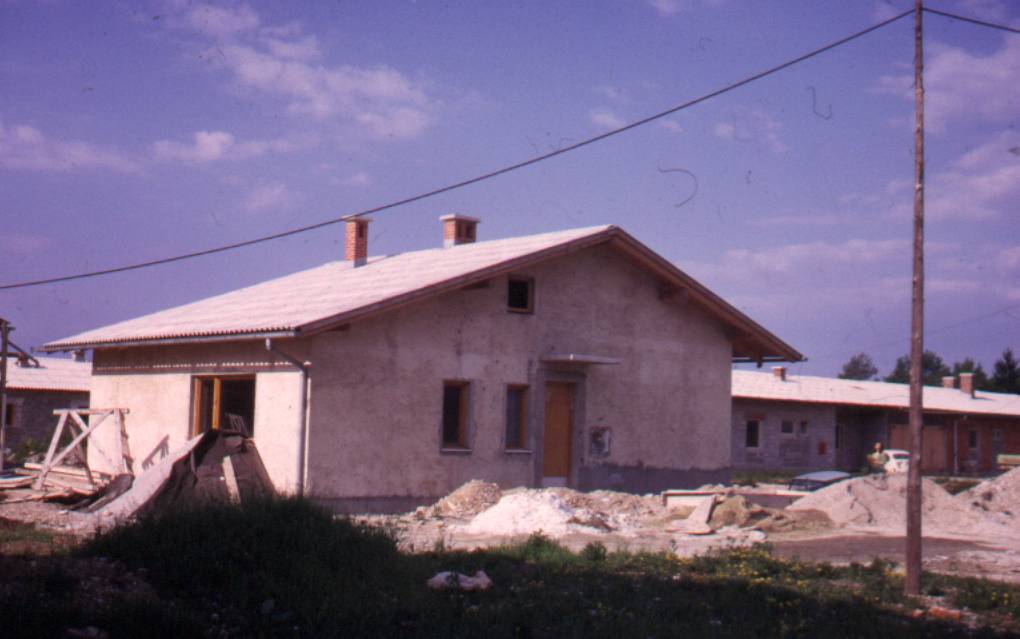
Fig. 13. Front elevation
The house from previous page is encyclopedia of mistakes and malfunctions, so characteristic for self–built mass housing:
Prefabricated house is just another example of mass housing (in developed countries, not yet in Slovenia) with some disadvantages: it is not self-built and it is too expensive with quick investment procedure. New offers enable even author¢ s prepared layouts and implementation based on these layouts (individuality against mass housing).
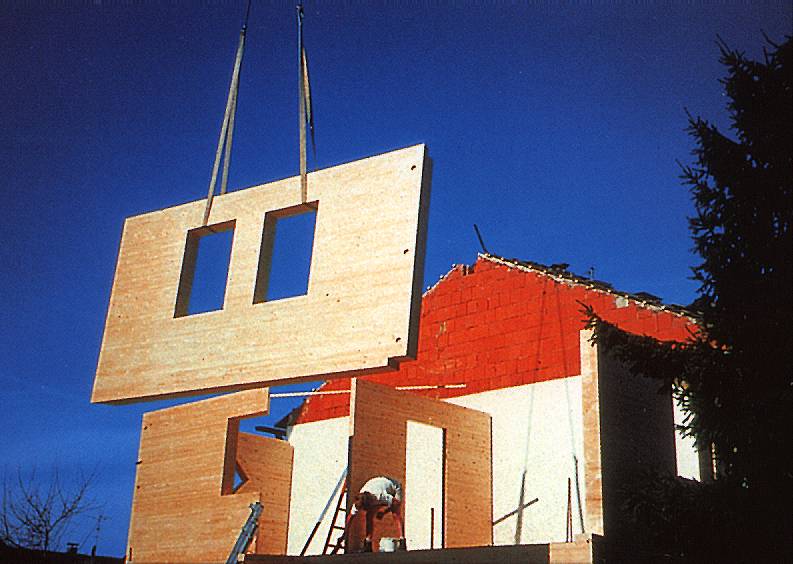
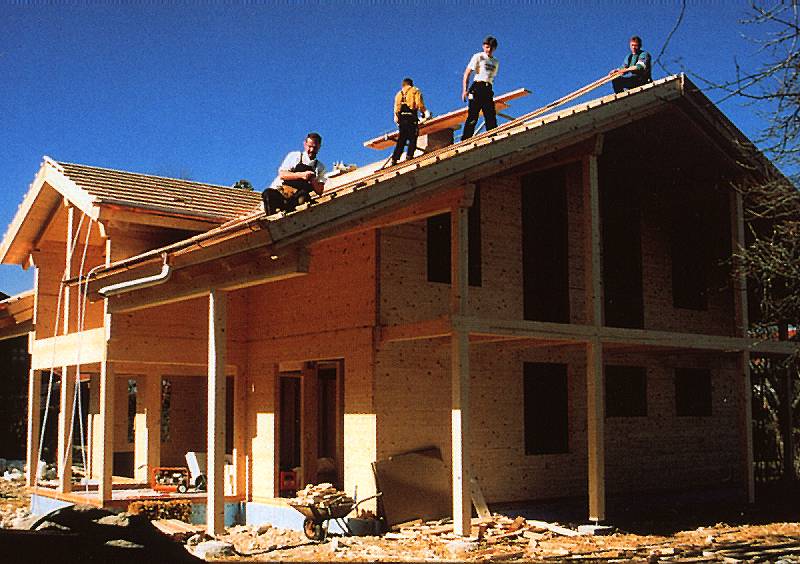
Fig. 14. Prefabricated house RIKO Fig. 15. Next phase of building

Fig. 16. Final appearance of the house (RIKO HISE, Slovenia)
Slovenian dwelling culture cannot be presented appropriately without mentioning vacation house (also: holiday house, weekend house, holiday bungalow, or “weekend”, second home for old days etc.). Vacation house is Slovenian feature of spending leisure time, weekends and holidays, especially because it is so numerous. We can trace vacation houses in other European countries but everywhere in much smaller extent. This has its reasons as it happens on certain circumstances as a result of:
-dissatisfaction with dwelling qualities in primary housing environment (flat, house, neighborhood, city, climate etc.).
-looking for ideals (quite often false) in returning to nature, rural and healthy life, decontaminated air, authentic environment and other qualities that cannot be reached in “first home”.
Vacation houses are planned and executed in most cases near the sea, at riverbanks, in the forest, in the mountains, with one word, on the best Slovenian locations. Great part of this stock was left outside Slovenia after separation from Yugoslavia, mostly in Croatia (Istria, Dalmatia, islands). Vacation house can completely turn over way of life of people involved. Weekend after weekend tiring car driving in kilometers rows, there and back again. But the fact is that whole story about mass housing can be easily repeated on vacation lots, less acute of course. Here too green scenery with trees overgrew built environment to soften the picture of vacation settlements. Single houses are usually built on regional and traditional principles with the use of available traditional building materials. Whole misfortune begins with implementation and use of decoration and additional elements of identification, which are no more from traditional and local repertoire. They can be transported from home environment or imported from other foreign countries as fashion supplements, surrogates, kitsch but also as new materials of all kind, insulations, paint for wood, steel, brick, concrete etc. We still remember very dark Scandinavian Sadolin pigmented protection lazure for timber used on masonry in Istria, on Slovenian vacation houses. In Istria they traditionally used oil paint, yellow, green or blue color to resist sunbeams and this misuse of proper paint profoundly changed the appearance of such houses.

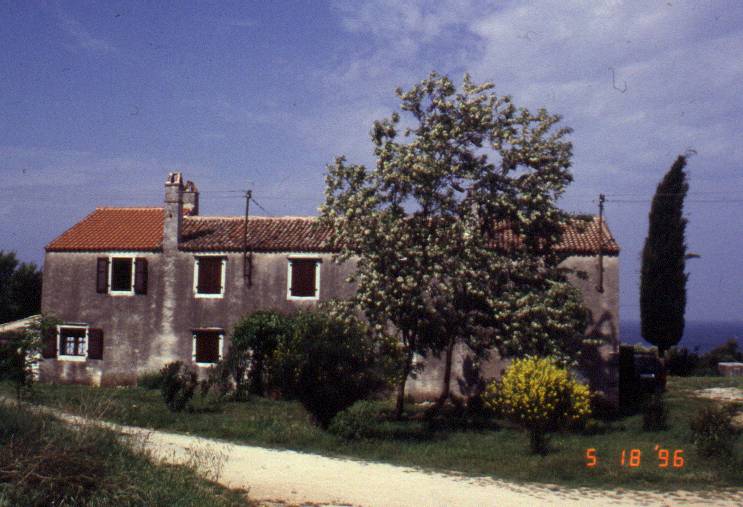
Fig. 17.Vacation house in Istria Fig. 18. Same house from other angle
This is Slovenian vacation house in Istria (Croatia). The only visible mistake is very dark paint of masonry and proportioning of some windows.


Fig. 19. Settlement of vacation houses, Fig. 20. Single house in the settlement,
with majority in Slovenian ownership (Istria, Croatia), Slovenian owner
(Istria, Croatia)
Standard investigation shows that most of the architectural elements were used properly and in accordance with traditional rules and under strict laws of urbanistic institutions and architectural authorities of Istria. Closer inspection cannot satisfy expert views about Istrian architecture. There are vaults on each building, everywhere, all kinds of them, different spans and shapes, executed in different material (concrete or stone cladding) but vault was never traditional, authentic architectural element of Istrian architecture. Has it come from Slovenia? The fact is that it first appeared on Slovenian vacation houses in Istria (who else built vacation houses in Istria in early period except people from Slovenia?). Has it come some other way?
Closer look at the houses also shows the use of very dark pigment paint on timber and masonry, which is not usually accomplished in Istria or Dalmatia.
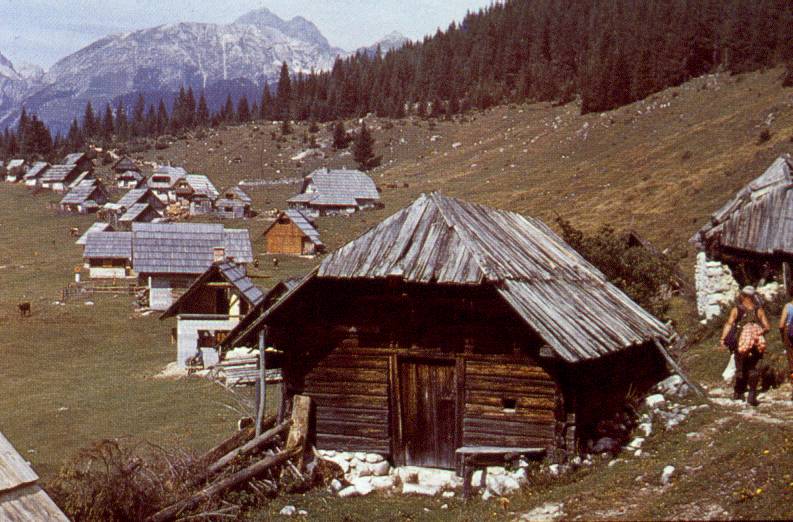
Fig. 21. Some of the ancient shepherds one cell houses at Velika planina were transformed into vacation houses of low technical standard (no water and electricity supply) but with high standard of natural environment and landscape.
Exact analyses and precise observation can find some other features that seem to be not so important. But further study offers another and different interpretation about importance of these discovered features of Slovenian dwelling culture. As first I have to mention that Slovenian people are “collectors of things”. Collecting things is a habit; even more collecting all kinds of stuff is an obsession that grows with age. It is not collecting stamps or old coins. It is collecting old and unusable clothes, old furniture, old and unusable bicycles, even old cars. These collectors have explanation for their passion: “You never know when you shall have to use it”. This feature has effect on design or implementation of the house. Because of such collectors is Slovenian home full of cases, wardrobes and large cellars. Some houses have separated deposition rooms for all kind of junk. Layouts of Slovenian houses have changed to accomplish these new and strange passions.
Another strange feature is so called “peasants mentality”. Fear of winter is connected to hunger or reason for collecting food for period when earth is resting. Collecting food is also care connected to the past when food was not available from large storehouses and cooled warehouses as it is today. Or food was available in limited quantities. People were often hungry in the past. They are today too and they have to buy food when it is cheaper. Some people still collect food, fruit, potatoes, and meat for wintertime. This provision needs again a lot of place within the housing unit but this place can never compete with conditions in modern ideally cooled storehouses. This kind of collecting is another influence on planning and designing housing layouts.
If we take into consideration that Slovenian and all other nations houses are in the process of constant change with the factor of time then we have to admit that such changes are to be welcomed as they fulfill and satisfy the real need, wishes and expectations of dwellers. Unless they are result of shortage of feeling for real values, looking only for outer appearance in the sense of competition with the others, looking only for status symbols instead of looking for real quality and art. I am afraid that the last but also very important feature of Slovenian dwelling culture is slogan: “Less to be and more to have”.
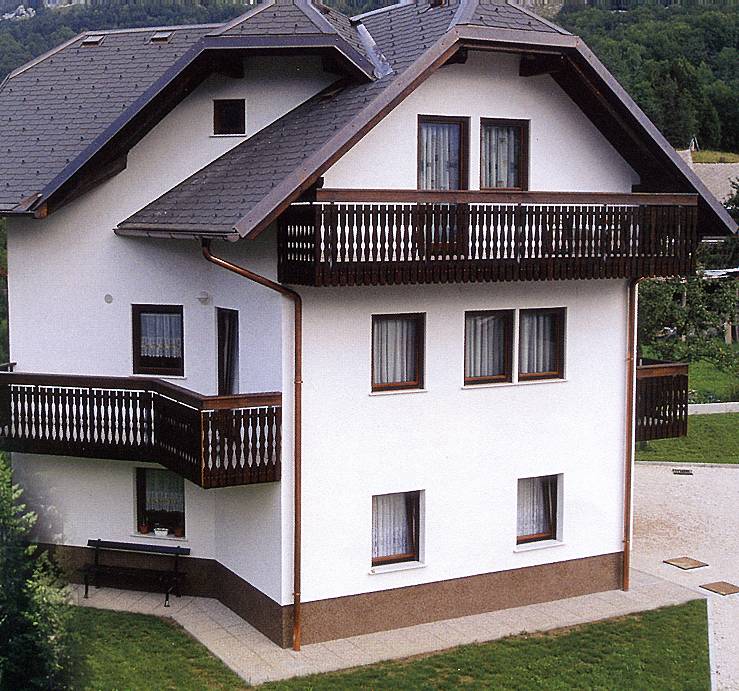

Fig. 22. Prefabricated house Jelovica Fig.23. Prefabricated house Jelovica
Authors housing architecture with strong charge of individuality and creativity, House Mihevc, executed 1969, Portoroz (Slovenia).

Fig. 24. House Mihevc, arch. Edo Mihevc

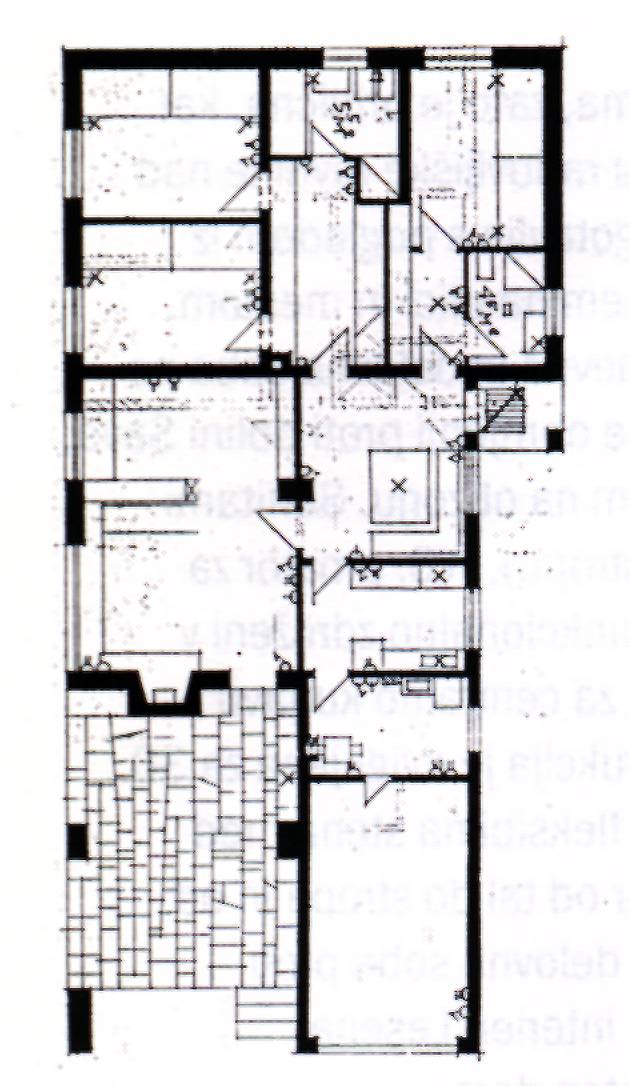
Fig. 25. Arch. Edo Mihevc, his own house Fig. 26. Ground floor
Dwelling culture is a part of general culture. It is composed of different elements like: way of life, habits, ideals, individual and general values, wishes and preferences, outside influences, even status symbols, some inherited local and traditional features, use of new materials, new technologies and technical standards, new equipment, some personal characteristics ...etc.
Some elements of Slovenian dwelling culture were exposed; some of them are still hidden but shall be exposed in future. The exposed ones helped to define Slovenian dwelling culture, which has some special features that distinguish it from dwelling cultures of other nations. If exists Slovenian dwelling culture exists identity of its housing architecture too. In order to show it we have to perform direct comparison between similar architectures, Slovenian architecture on one side and architecture of some other nation on the other.
4 REFERENCES
[ 1] Bezan,M., Brezar,V. (1984) Dwelling culture in state directed mass housing last twenty years in Slovenia, Faculty of Architecture, Ljubljana,
[ 2] Brezar,V. (1999) IAHS, Ephemerality of housing architecture in future (The future of Slovenian housing fund), 27. IAHS world housing congress, San Francisco, USA
[ 3] Brezar,V. (2000) IAHS, Banal as element of mass housing culture, 28. IAHS world housing congress, Abu Dhabi, United Arab Emirates
[ 4] Kalcic,I., Perossa, M. (1982) Housing, University of Ljubljana, Faculty of Architecture, Ljubljana
[ 5] Kalcic,I. (1992) National identity in postwar housing in Slovenia, Faculty of Architecture, Ljubljana
[ 6] Kalcic,I. (1998) ENHR, Rehabilitation of multiflat housing in different types of ownership, 9. Congress of European network for housing research, Housing in transition, Portoroz, Slovenia
[ 7] Kalcic,I. (2000) IAHS, From local culture and tradition to good modern housing design, 28. IAHS world housing congress, Abu Dhabi, United Arab Emirates
[ 8] Schultz,C.N. (1985), The concept of dwelling, Electa-Rizzoli, New York, USA
[ 9] Sejima,K. (1999) Another environment, The Berlage Institute Report, Amsterdam